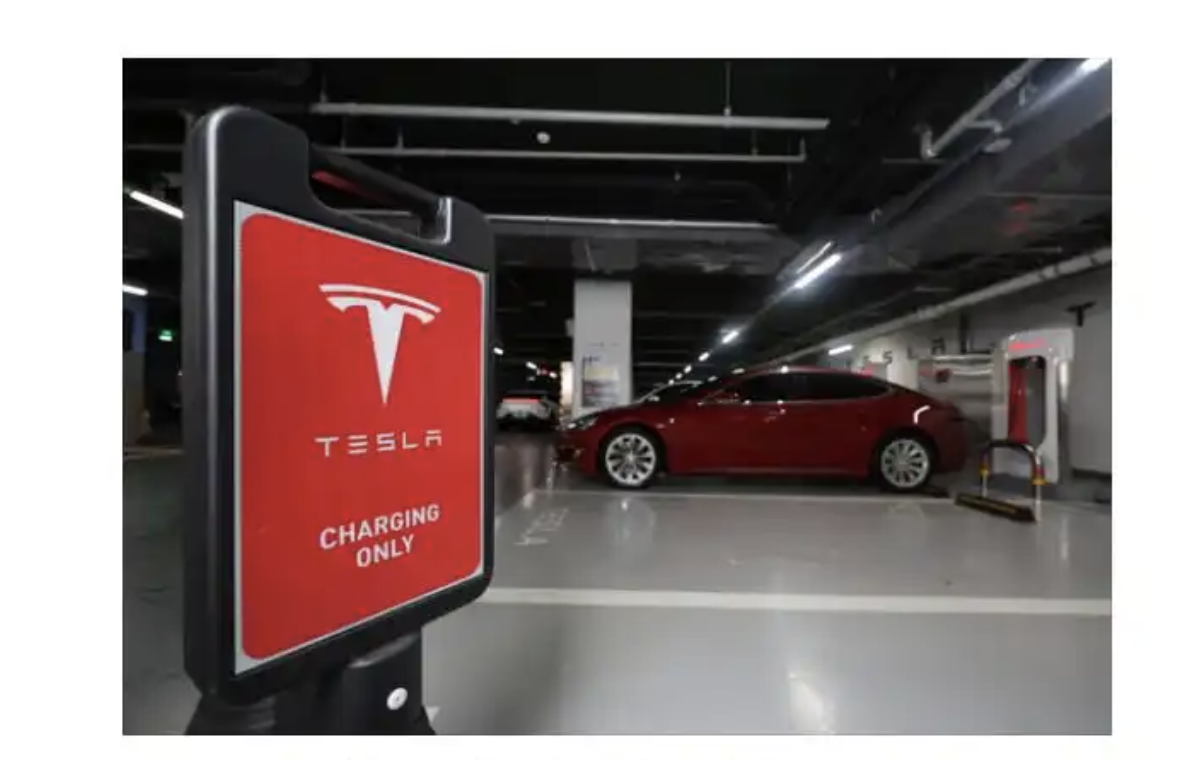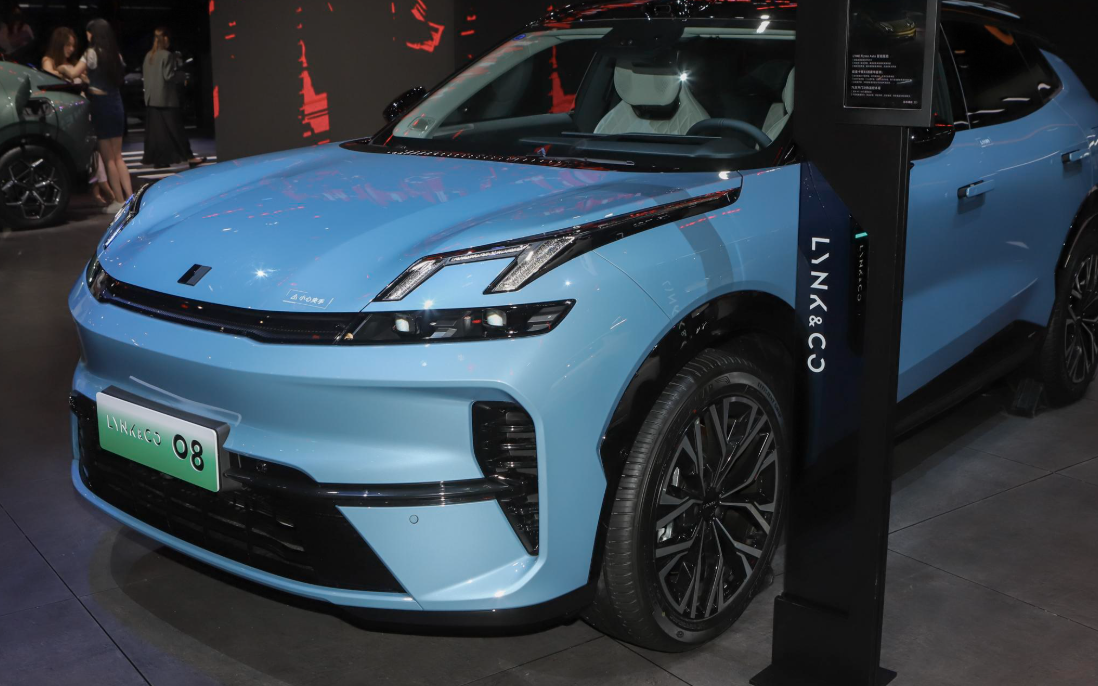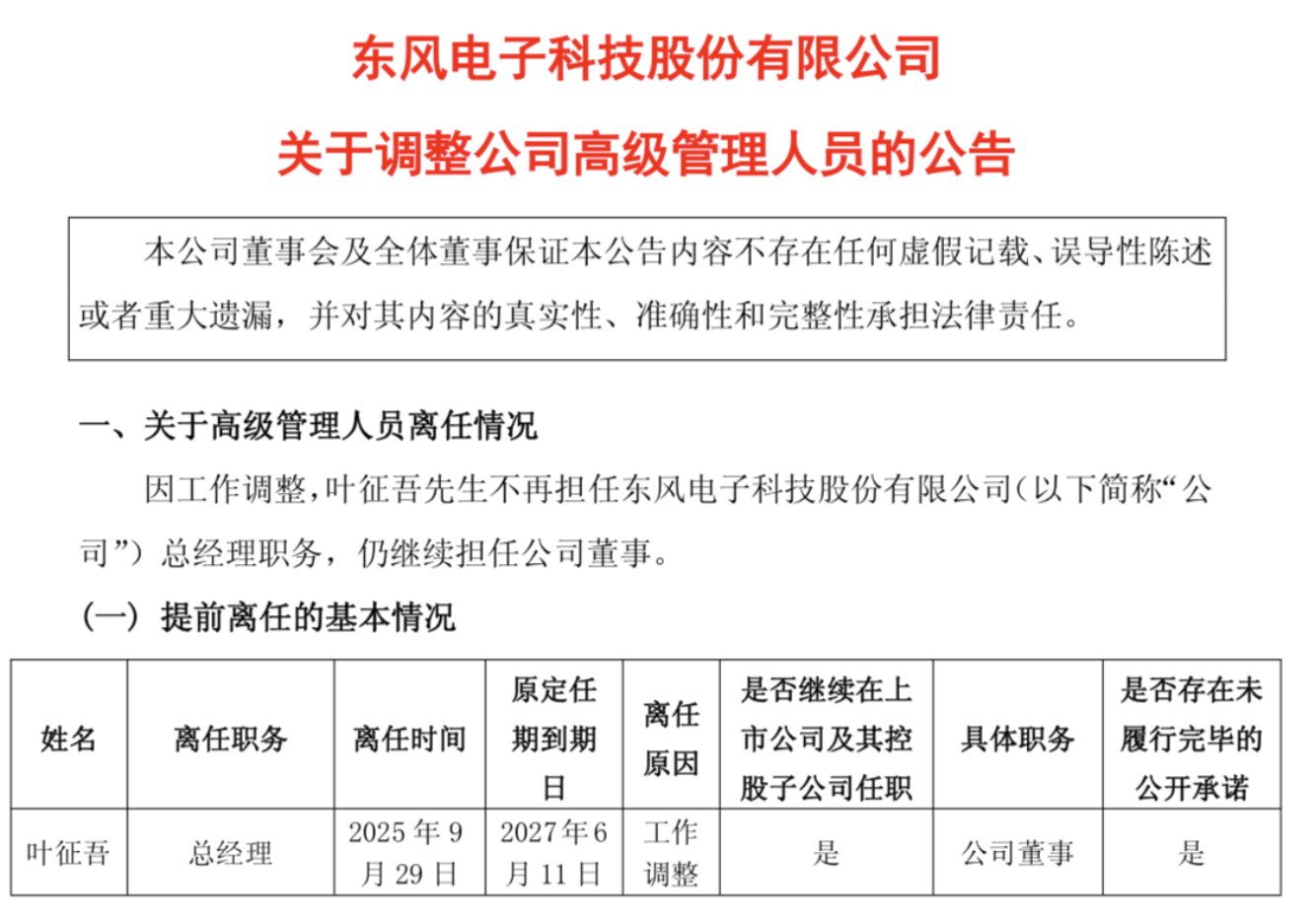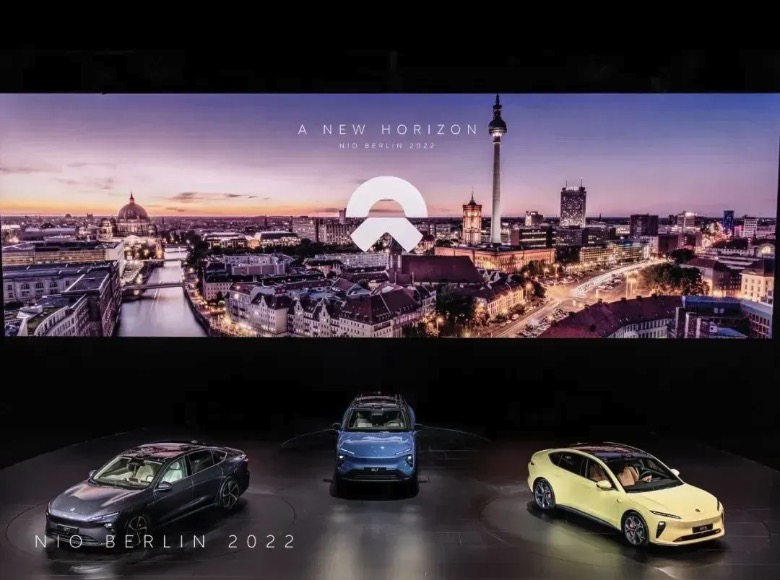Recently, according to South Korea’s consumer protection agency, a total of 2,080 Tesla vehicles have experienced issues with their battery management systems, including 846 Model 3s and 1,234 Model Ys. These vehicles, mainly long-range versions produced in 2020 and 2021, are commonly reported to have encountered a system error labeled BMS_a079, which restricts the vehicle’s maximum charging capacity to around 50%, severely affecting daily use.
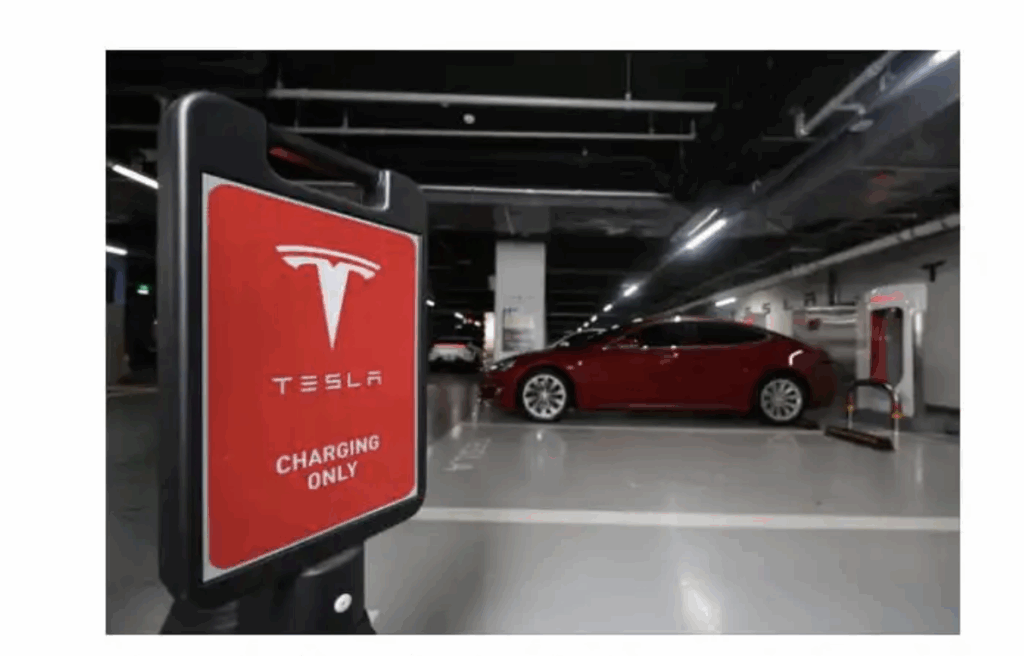
Even more shocking are the repair times. Data shows that the average repair time is 23.4 days, with the longest repair case extending up to 926 days, almost three years. Only 24.5% of repair cases are completed within a week, while 24% take over two years to resolve. There are 124 cases where repairs took more than 16 months, and some new vehicles developed battery issues with less than 250 kilometers on the odometer.
Tesla owners’ anger is not only due to the battery failures but also because of the company’s after-sales service attitude. Despite the dramatic increase in Tesla registrations in South Korea—from 15,000 vehicles in 2020 to 112,000 in 2025, a 650% rise—the company operates only 14 service centers in South Korea. Eight populous provinces, including Daejeon and Ulsan, have no Tesla service facilities. This severe imbalance between service resources and market size has led to significantly extended repair waiting times.
When owners’ vehicles experience charging limitations, Tesla’s solution is to replace the battery with a “remanufactured battery,” which involves reassembling cells from old battery packs. This approach has sparked strong dissatisfaction among owners. A Model 3 owner in South Korea’s largest Tesla owner community reported that their vehicle first encountered issues on June 27, 2025. After replacing the battery with a remanufactured one, the same error occurred again just three months later, and the full-charge range dropped from 450 kilometers to 408 kilometers.
For vehicles outside the warranty period, owners must pay around 30 million Korean won to replace the battery, which is more than half the price of a new car. Under these circumstances, many owners feel that Tesla is shifting the responsibility for early production defects onto consumers.
Faced with the ongoing battery crisis, South Korean owners have begun to collectively defend their rights through online communities, demanding that Tesla recall the problematic vehicles or replace the batteries for free. A petition submitted to the South Korean National Assembly has garnered more than 14,000 signatures, drawing significant attention from the Ministry of Transport and the Ministry of Environment.
The South Korean government has taken a stern stance on the issue. A Ministry of Environment official stated that vehicles damaging consumer rights cannot continue to receive subsidies. The official revealed that the government has requested Tesla Korea to provide a detailed explanation, but no meaningful response has been received so far. The government is seriously considering reducing or even canceling Tesla’s eligibility for vehicle purchase subsidies.
This policy adjustment could have a major impact on Tesla’s sales in South Korea. In 2024, Tesla sold 29,750 cars in South Korea, becoming the third-largest imported car brand after BMW and Mercedes-Benz. In the first half of 2025, the Model Y became the best-selling electric vehicle in South Korea, with 15,432 units sold, surpassing local brands like Kia EV6 and Hyundai Ioniq 5. Without government subsidy support, Tesla’s competitiveness in the South Korean market will be significantly weakened.
In response to the issue, Tesla Korea stated that the cause of the failure has been identified as an imbalance in the charging status of the battery cells. The company has applied to its North American headquarters for new battery packs and plans to expand the personnel at its remanufacturing centers to increase supply capacity.
